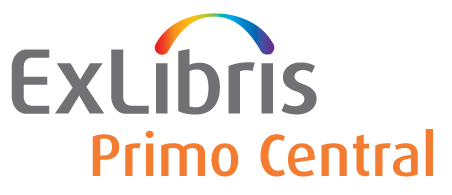Article Type
Review
Subject Area
Maxillofacial
Abstract
The orbital structures are involved in craniomaxillofacial injuries in up to 40% of cases because of their exposed location and its limited bone thickness. The orbital floor fracture is commonly occurred either isolated or as component of a pan facial injury particularly when the medial orbital wall is involved. There are multiple materials used for reconstruction of orbital wall fractures such as autologous bone with high morbidity, alloplastic implants such as titanium and porous polyethylene. Although, there are different surgical approaches (subciliary incision and transconjunctival incision) to the orbital floor and (the coronal incision, the Lynch incision, the upper eyelid crease incision) to the medial orbital wall. Endoscopic assisted reduction of the fractured orbital walls provides an extended view of the surgical field with minimally invasive approaches. Repair of medial orbital wall fractures is a familiar technique for most otorhinolaryngologist by endoscopy. In orbital floor repair, combination of transconjunctival approach and transantral endoscopic approach is useful in clear identification of the posterior margin of the fracture and the condition of the herniated tissues prior to reduction of the orbital contents.
Keywords
Orbital wall fractures, Endoscopic assisted, Minimally invasive approaches.
Recommended Citation
Ebeid K, Hamouda M.
Endoscopic Assisted Management of Orbital Trauma.
Pan Arab J. Rhinol.
2024;
14 : -.
Available at:
https://pajr.researchcommons.org/journal/vol14/iss2/3
DOI: https://doi.org/10.58595/2090-7559.1236
Creative Commons License

This work is licensed under a Creative Commons Attribution-NonCommercial-No Derivative Works 4.0 International License.
Included in
Oral and Maxillofacial Surgery Commons, Otolaryngology Commons, Otorhinolaryngologic Diseases Commons
















